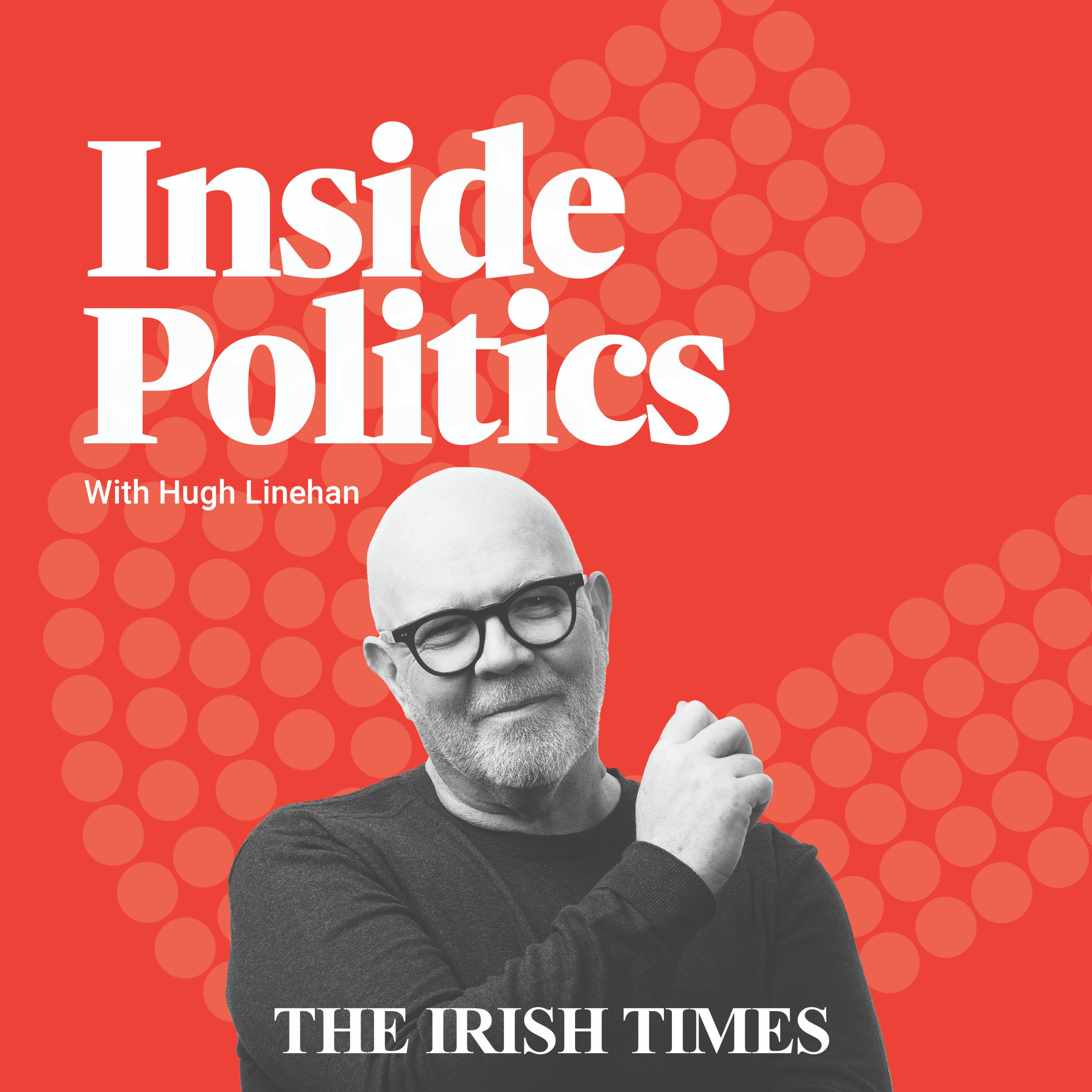If Taoiseach Simon Harris and his fellow leaders of the Government parties continue on their current self-described course and see out the Government’s term of office until the last possible moment in February or March of next year it will be a remarkable act of political self-abnegation.
Governments habitually agonise over the optimum (for them, that is) timing of a general election. Today’s opinion poll findings describe a state of public and political opinion that is more advantageous for the Government parties than in any pre-election period since 2002.

Podcast: Fine Gael has the momentum as Sinn Féin's slide continues
It may be that the Coalition has no thought of such matters; that would be unusual, to say the least. It may be that it believes things will be even better in February or March; that would display startling self-confidence.
It is more likely that today’s findings will prompt renewed discussion about a pre-Christmas election, and significantly increased internal political pressure for that to happen. If Fine Gael and Fianna Fáil TDs were in favour of an early election before today – and very many of them were – they will be even more hot-to-trot after this.
RM Block
The good news for the Government – and for Fine Gael especially – comes in two guises: an improvement in its own numbers and a further decline for Sinn Féin.
[ Fine Gael support increases, with approval ratings for Simon Harris surging ]
Fine Gael support rises by four points today to 27 per cent, the best score for that party since June of 2021, during the first reopening of the Covid pandemic. Support for the party has grown by eight points since Simon Harris became leader.
But it is Harris’s personal rating that is most eye-catching. His satisfaction rating jumps by a whopping 17 points to 55 per cent; again you have to go back to 2021 for ratings at a comparable scale for the taoiseach. And it’s the older voters who are most enamoured of the TikTok Teesh. Almost seven out of 10 older voters and nearly three-quarter of farmers approve of how he is doing the job. Even 30 per cent of Sinn Féin voters have a favourable view; as do 42 per cent of Independent voters. These are serious numbers.
Both Micheál Martin and his party are steady-ish in today’s numbers, as are the Greens, creeping up marginally to 5 per cent. Martin can claim with some justification that Fianna Fáil has demonstrated an ability to outperform its poll ratings, though he will have the mixed feelings of any coalition leader watching his partner prosper – it’s welcome, but only up to a point. Whenever the election is called, the period of election competition between the two old-rivals-turned-partners is inevitably coming.
The combined support of the three Coalition parties is now 51 per cent – marginally ahead of where it was at the last election. In addition, Government satisfaction has jumped by nine points to 40 per cent; if that sounds less than stratospheric it hasn’t been higher in 2½ years. Summary: this is a very good poll for the Coalition, and for Fine Gael in particular. With a giveaway budget to come the Government could scarcely imagine a stronger position right now.
By contrast there is little for Sinn Féin to take solace from in today’s numbers. At 20 per cent the party shows a decline of three points since last May, following a five-point decline in that poll, and a six-point decline in the previous one. That’s a trend, that is.
In fairness the party can point out that the poll shows a recovery from the disastrous local and European election results when its vote slumped to 12 per cent. But apples are best compared to apples, and polls to polls.
Sinn Féin concerns will be heightened by a further decline in Mary Lou McDonald’s personal rating – down by six points to 30 per cent. Given the extent to which the party seems to have built its hopes for revival around its leader – so central to its 2020 success – that will be especially worrying.
For the Government parties Sinn Féin’s woes will undoubtedly strengthen the case for a November election, to be called a few weeks after the budget. England’s difficulty is Ireland’s opportunity, and all that.
Still, a word of caution might not be out of place before Fine Gaelers get too carried away with themselves. While the twin trends of Fine Gael strength and Sinn Féin weakness are now well established, a more important longer-term trend in Irish politics is its volatility. That is especially so at election time.
Twice under Leo Varadkar both his personal rating and Fine Gael’s poll numbers surged to dizzying heights, driven first by Brexit, then by Covid; both times they fell away in the months after. A year ago, Sinn Féin was on 34 per cent and few believed they would not lead the next government. What goes up, also comes down. The question is when.
- Sign up for push alerts and have the best news, analysis and comment delivered directly to your phone
- Join The Irish Times on WhatsApp and stay up to date
- Listen to our Inside Politics podcast for the best political chat and analysis














